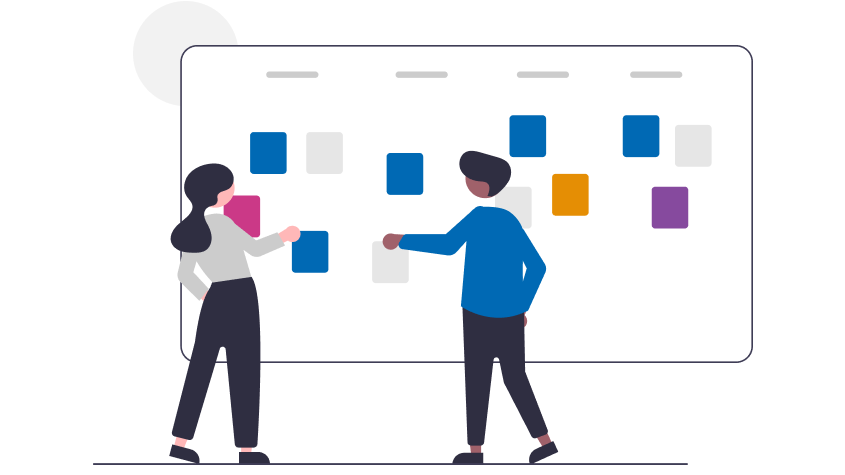In UX Research, we want to obtain objective insights on the behavior, needs, and motivations of users. UX research is important for UX design and development to ensure that decisions are always made with the user in mind. However, since UX research is done by humans, these insights are always affected by cognitive bias. How can we, as UX researchers, minimize the influence of these biases? And what is cognitive bias anyway? read more…
Cognitive Bias in UX Research: A Survival Guide















